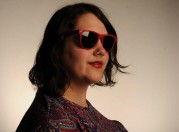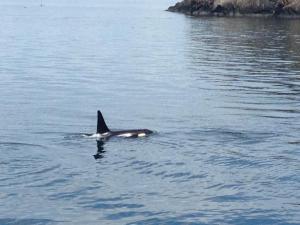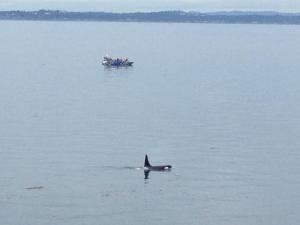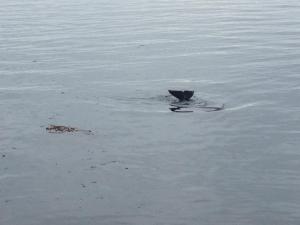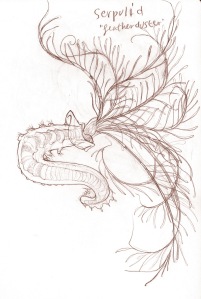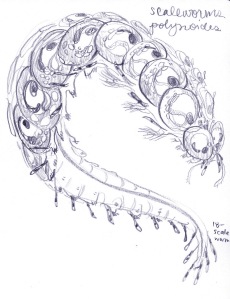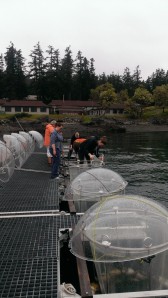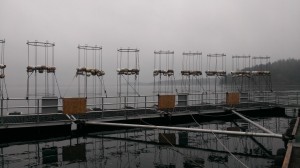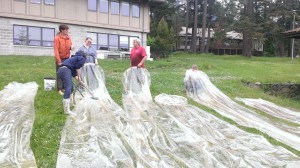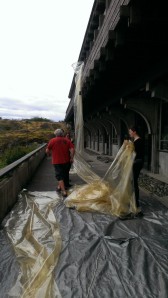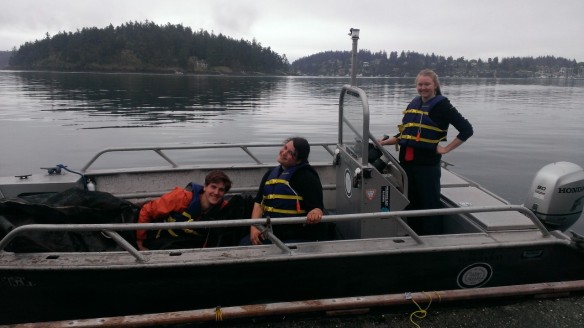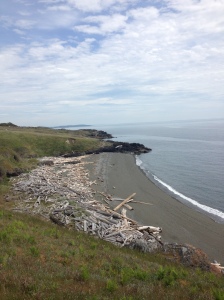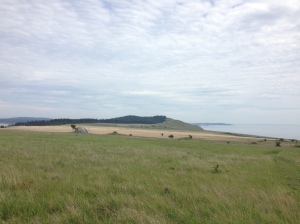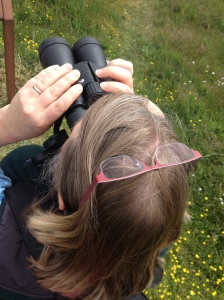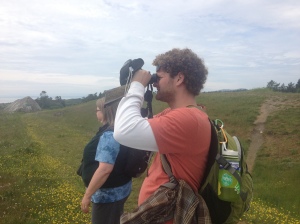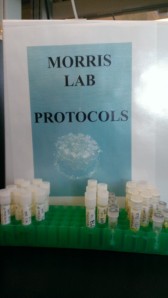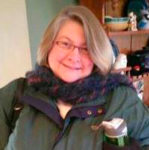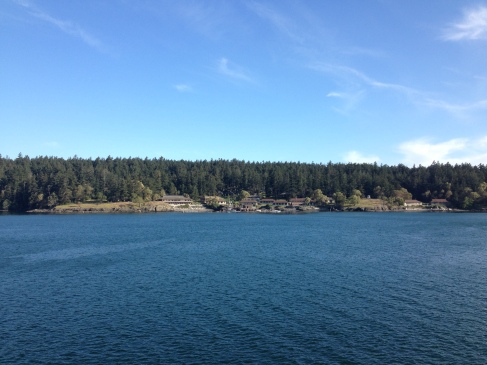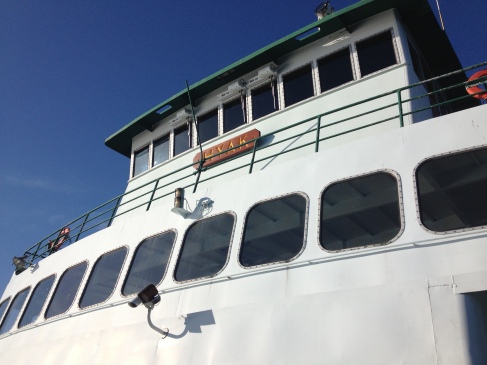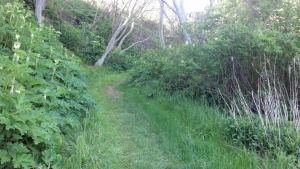Kiely Shutt
Now that our presentations have come and gone, we are eagerly finishing our research papers. However, that doesn’t mean that we only have time for work. Sometimes important opportunities interrupt our studies. This morning, Kelly and I were working on our papers when we got a message from Jen saying J-pod (resident killer whale population around San Juan island) was spotted heading north towards Lime Kiln State Park. Within minutes, we were on the road towards J-pod. Imagine the movie Twister, except we were chasing orcas and not tornadoes.
Rounding the corner to Lime Kiln, we spotted J-pod off a bluff and pulled over to the parking lot immediately. We ran down the hill towards the water to get a closer look. Once we realized they were heading more towards Lime Kiln, we ran back up the hill and drove to the lighthouse so we could catch them pass by again. It was a really amazing sight. With only my smartphone in hand, I wasn’t able to capture the complete essence of J-pod. These were some of the ‘best’ photos of the orcas. I can’t think of a better memory to have during our final days at Friday Harbor Labs!

